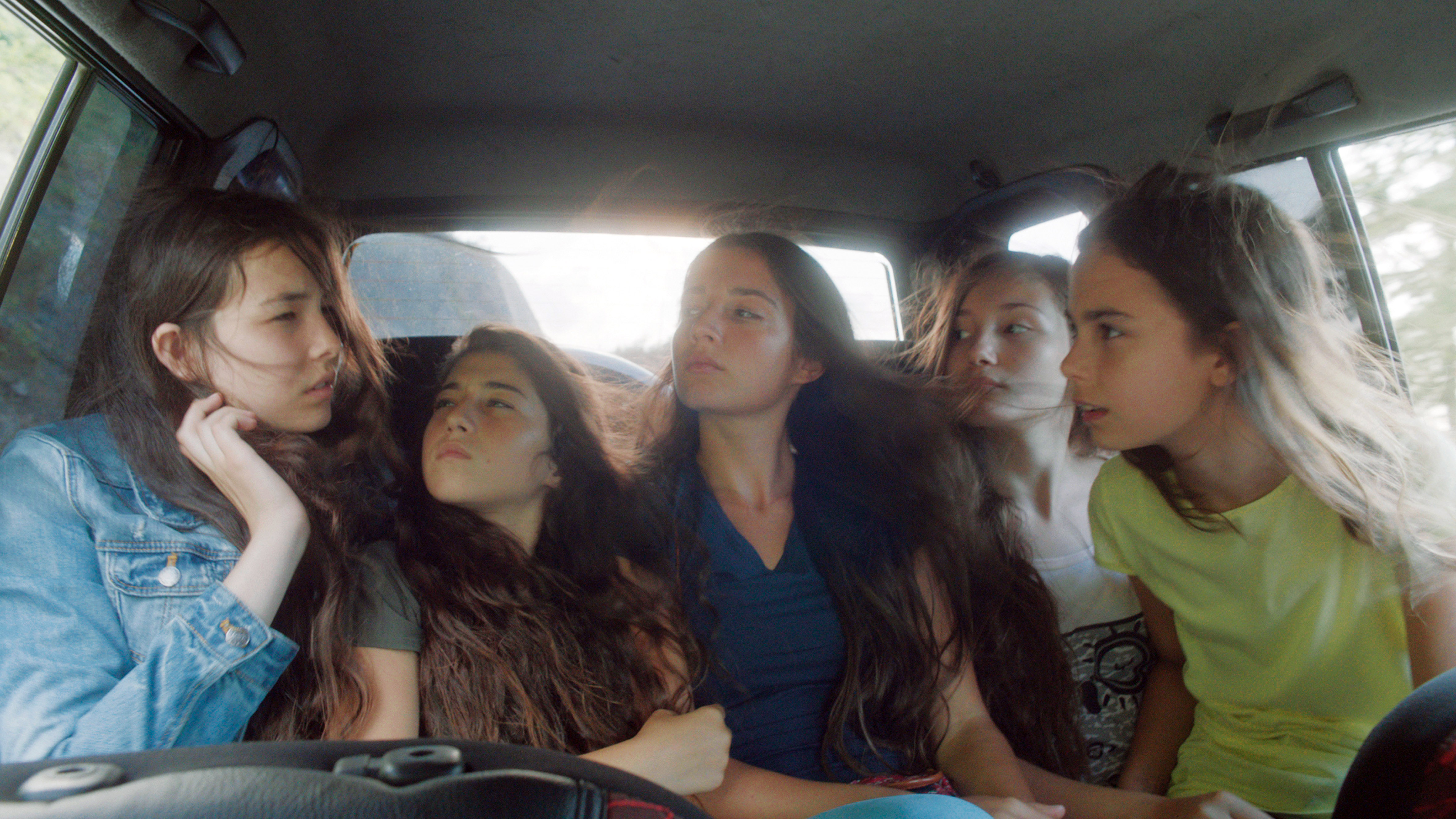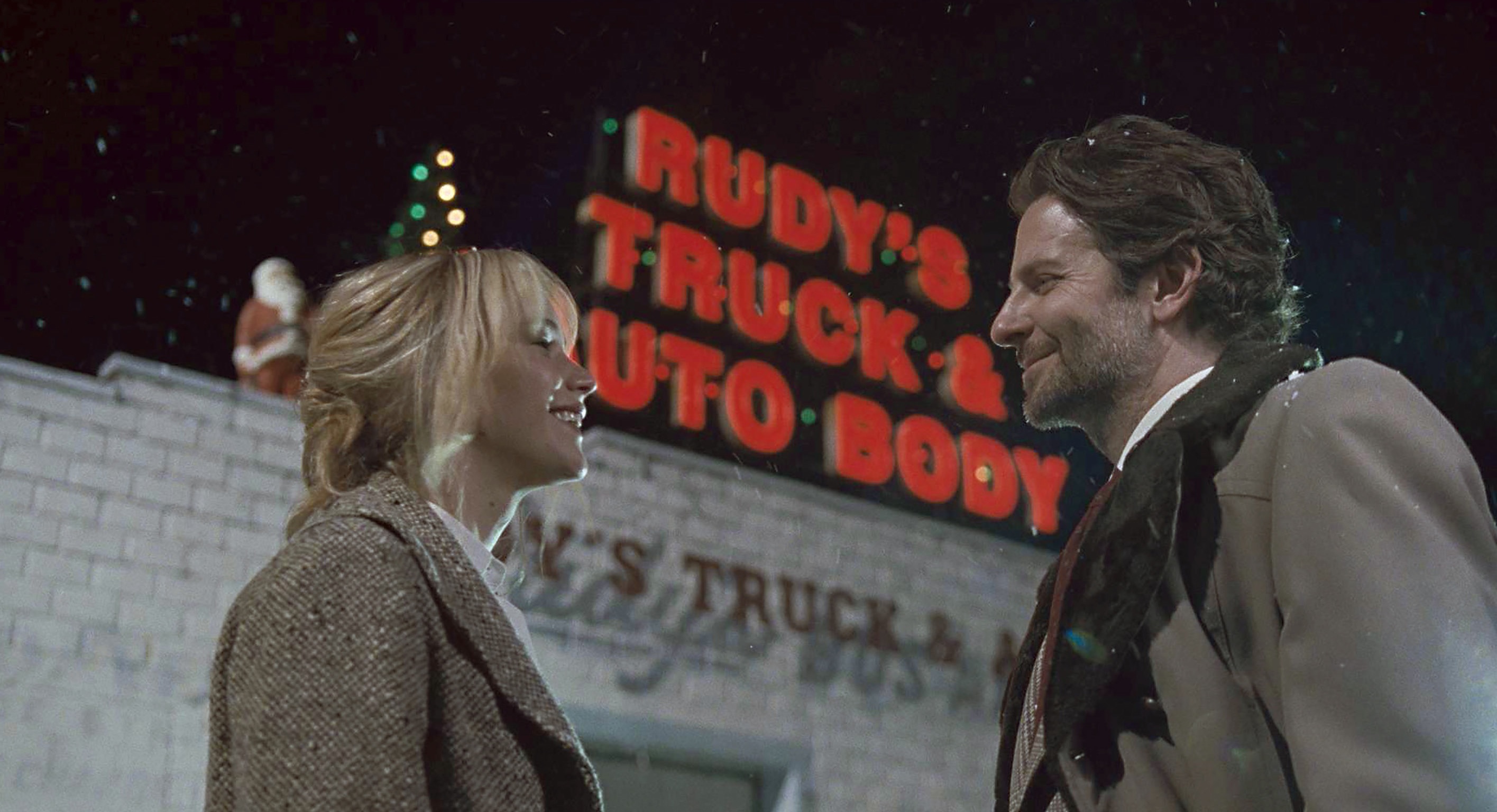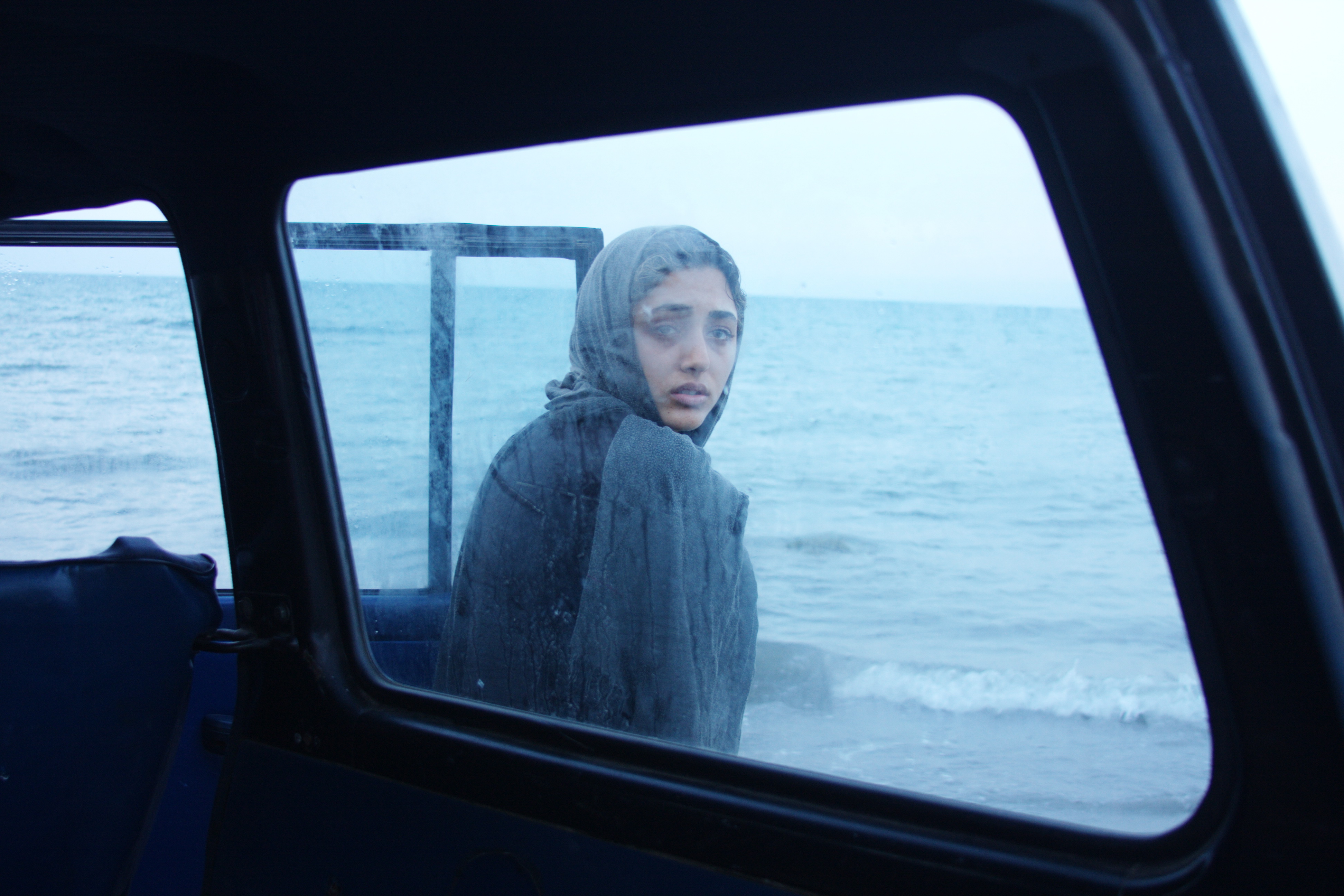Most celebrity interviews are, in my experience, a waste of time. Oh, what about Tom Cruise, you ask? I’ve been there and done that, and I wish in retrospect that I had brought my camera instead of my tape recorder. These people are actors, after all, and they’re not paid to express themselves with mere words. The money is in looks, delivery, the intonation that says, “I’m not believing a syllable of what this stupid screenwriter has put in my mouth, but look how brilliantly I’m getting it across.”
Originally published in 1948, this one-hour Q&A session between lensman and actor embraces every postwar stereotype we might’ve had about the French, but mainly it embraces the unmistakable face of Fernandel (1903–1971), a vaudevillian and comic star of his day—kind of like the Gallic Bob Hope. His longish, elastic, horselike visage was immaculately lit, puzzled, and captured by Latvian-born Life photographer Philippe Halsman (1906–1979), who lived in Paris before the Nazis chased him out. He knew enough about culture on both sides of the Atlantic to pitch softballs like, “Does the average Frenchman still pinch pretty girls in a crowd?” The reply, silent and black- and-white, is all choppers and plaid. Nattily attired, Fernandel brings two layers to his priceless mugging: Yes, you Americans are prudes, he says on one level; then, on another, Look at the enjoyment we get from my playing to your prudery. A stage performer before he got into the movies (look for him as David Niven’s coachman in Around the World in 80 Days), he knew how to size up an audience—just like a modern celebrity with a journalist, in fact.
In a new introduction by Art Buchwald, an icon of the same era who knew both men, the journalist says Halsman shot more Life covers than anybody else. Yet Fernandel, he adds, was a one-off. That’s because we’re all born with just one face, but it’s a unique talent who actually knows how to use it.







